|
40,000 years ago a star exploded. This is the result. This is the supernova remnant Simeis 147, sometimes known as the Spaghetti Nebula. It spans about 3 degrees of sky on the Auriga/Taurus border, a diameter of six full Moons. The bright star Elnath is at the bottom of the frame, which is easily visible to the naked eye. These star charts, generated using World Wide Telescope, show the location of Simeis 147 in the sky. Orion is sinking out of sight from the UK at this time of year but Auriga is still visible to the west as it gets dark, just above Venus. The star chart above was generated using the free software Stellarium. The bright red filaments of Simeis 147 are largely composed of glowing hydrogen, heated as material expelled by the explosion crashes into its surroundings. Over the next few thousand years it will continue to expand and dim, eventually fading into the background. This inverted monochrome image, taken through a hydrogen-alpha filter, shows the structure of the nebula more clearly.  (No telescope was used to take these images, just a short telephoto lens, in order to fit it all in the field of view. The lens and camera ride on a lightweight motorised star tracker powered by AA batteries. Total exposure time was about 35 minutes for the colour starfield and 50 minutes for the hydrogen-alpha. The hydrogen alpha data was then blended into the red channel of the colour image to produce the final version.) (Amateurs have taken far better images of Simeis 147 than the one above. This is the best I could find, a spectacular 47 hour telescope mosaic by Franco Sgueglia & Francesco Sferlazza. The blue filaments are composed of glowing ionised oxygen.)  The Löwenmensch Lion, 40,000 BCE (Dagmar Hollmann / Wikimedia Commons) The Löwenmensch Lion, 40,000 BCE (Dagmar Hollmann / Wikimedia Commons) 40,000 years ago, when light from the supernova first reached Earth, our ancestors would have certainly noticed. For a few months it would have been the brightest thing in the sky, after the Sun and Moon and perhaps Venus. In the dark skies of the neolithic, darker than all but the most remote locations today, it's sudden appearance would have been dramatic and spectacular. Unfortunately we'll never know what they made of it as writing would not be developed for another 30,000 years. But we do have accounts of more recent supernova events. Kepler’s Nova of 1604 was clearly visible to the naked eye, and in 1987 a star exploded in the Large Magellanic Cloud, a nearby satellite galaxy of the Milky Way. The Hubble Space Telescope tracked its evolution over several years. It’s difficult to convey just how violent and extreme an event a supernova is. Perhaps the easiest way is to talk about about Death Stars. Alderaan appears to be a similar size to the Earth. Certainly it was inhabited by suspiciously human-like inhabitants, who appear to be comfortable in Earth gravity. To completely destroy a planet it’s necessary to overcome the force of gravity holding it together. Earth’s gravitational binding energy can be calculated, it comes to 2.49 x 1032 Joules in scientific notation, or 249,000,000,000,000,000,000,000,000,000,000 Joules in longhand. That’s a lot of energy, as much as our Sun puts out in a week. (A single Joule is enough energy to lift a tomato a metre.) The energy output of a typical type II supernova, caused by the collapse of a massive star, is 1.00 x 1046 Joules. The same as 40 trillion Death Stars firing at once. 40 trillion is a big number, if you counted one Death Star a second it would take you over a million years to tally them all. As the man said... ‘Bang’ doesn’t really do it justice. Fortunately there are no supernova candidates close enough to Earth to cause us any harm. But they can reach out and touch our atmosphere from enormous distances, evidence of past supernovae have been found in Antarctic ice cores, in the form of nitrate deposits. Important safety tips from Lord Vader there. Although to be honest, given his obvious breathing difficulties he’s probably more worried about stormtroopers coughing on him than our well-being.
0 Comments
|
Archives
May 2020
Categories
All
|
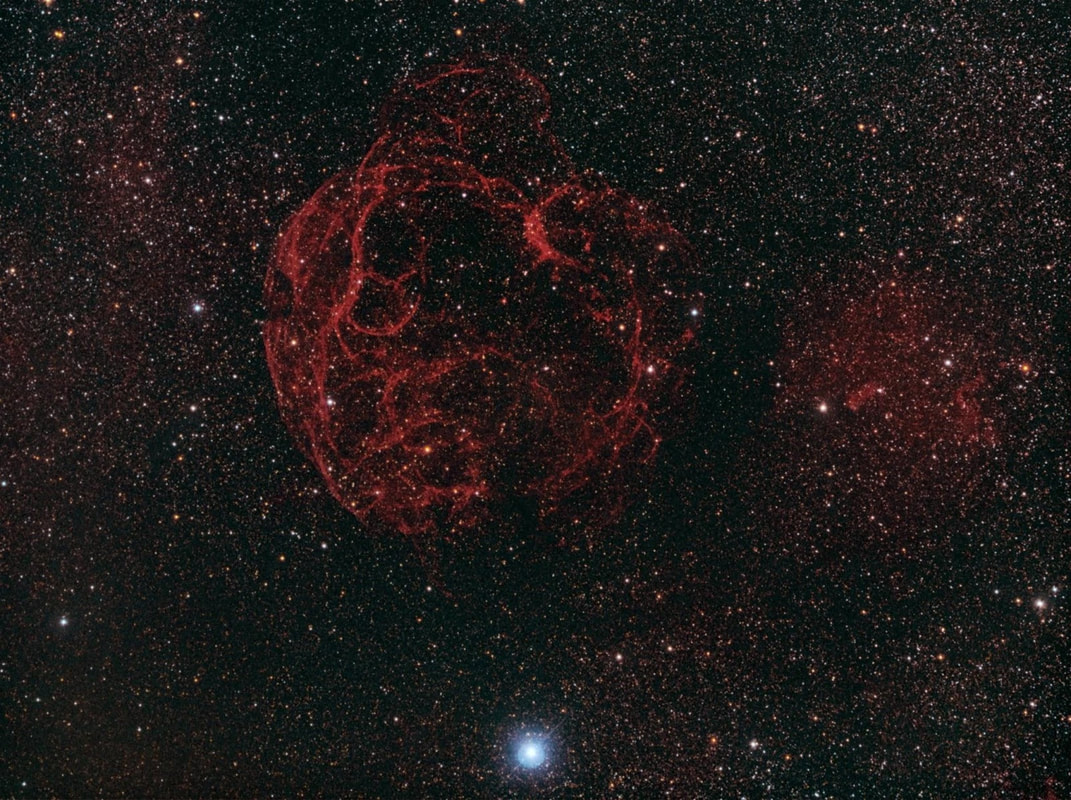
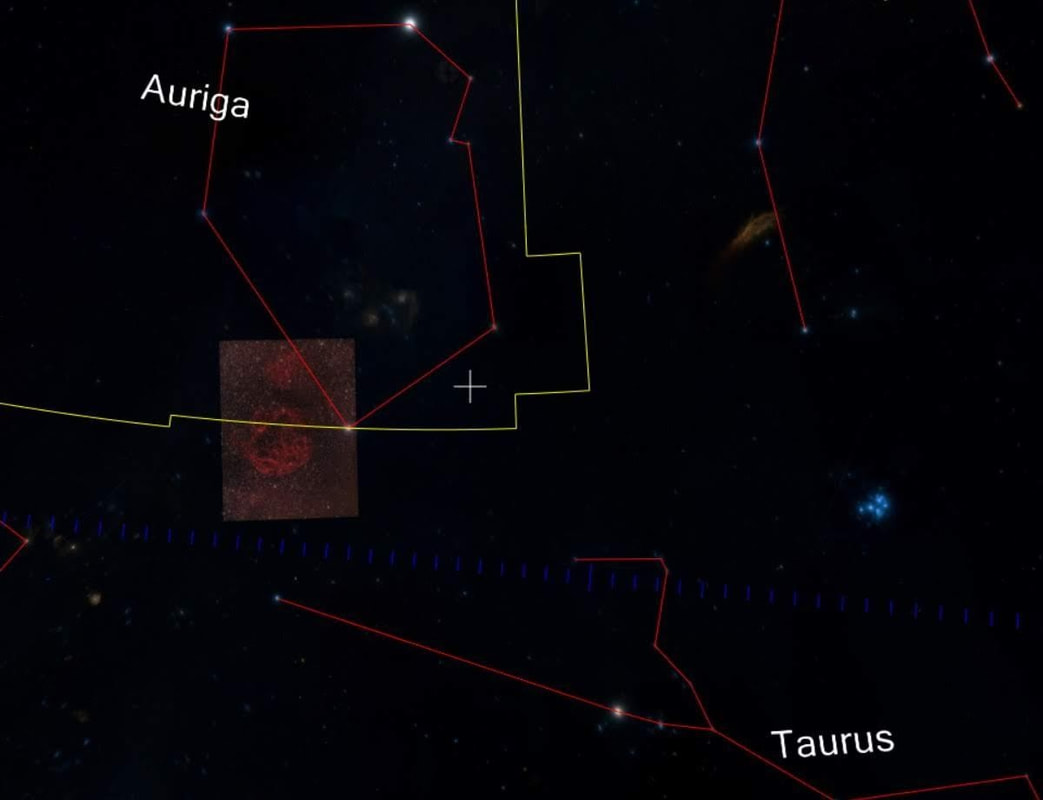
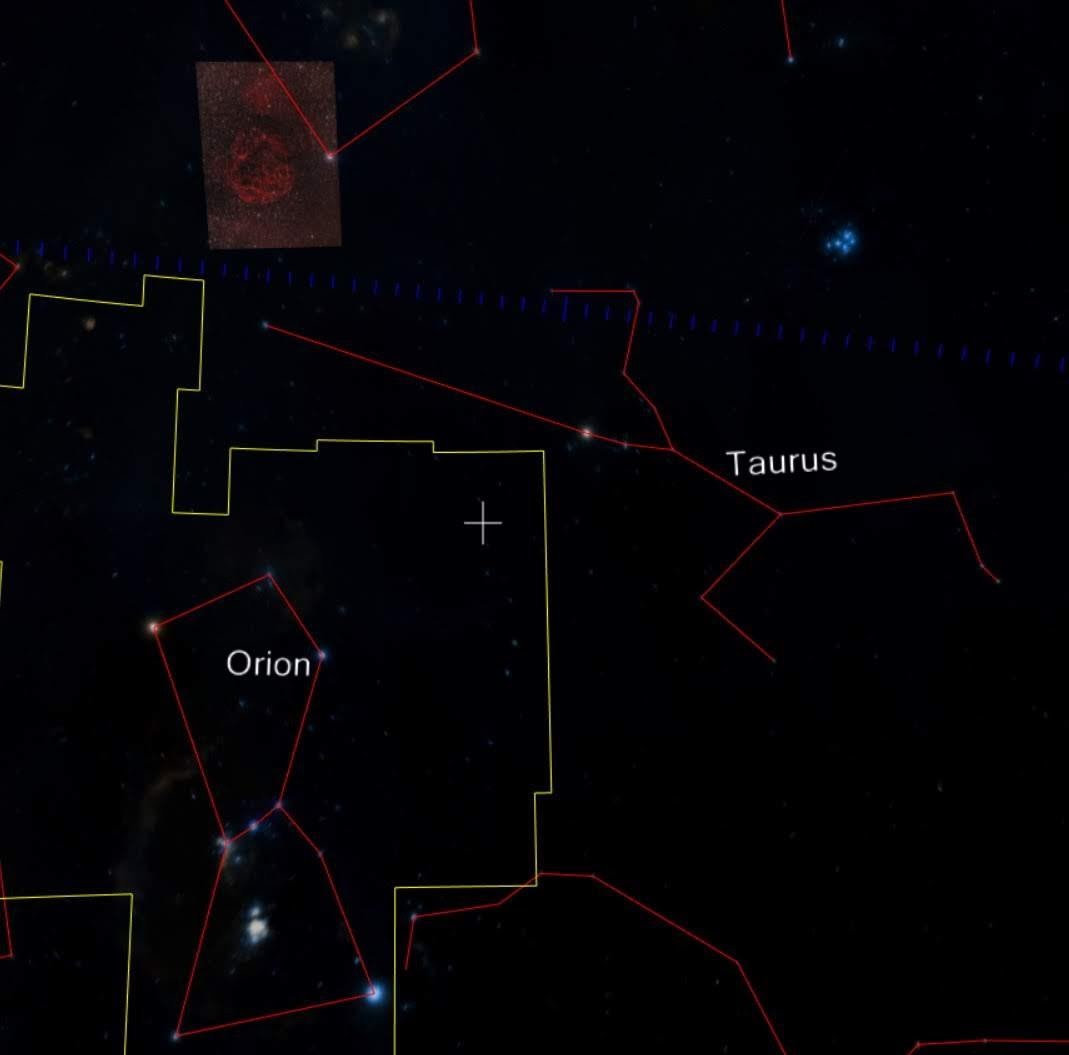
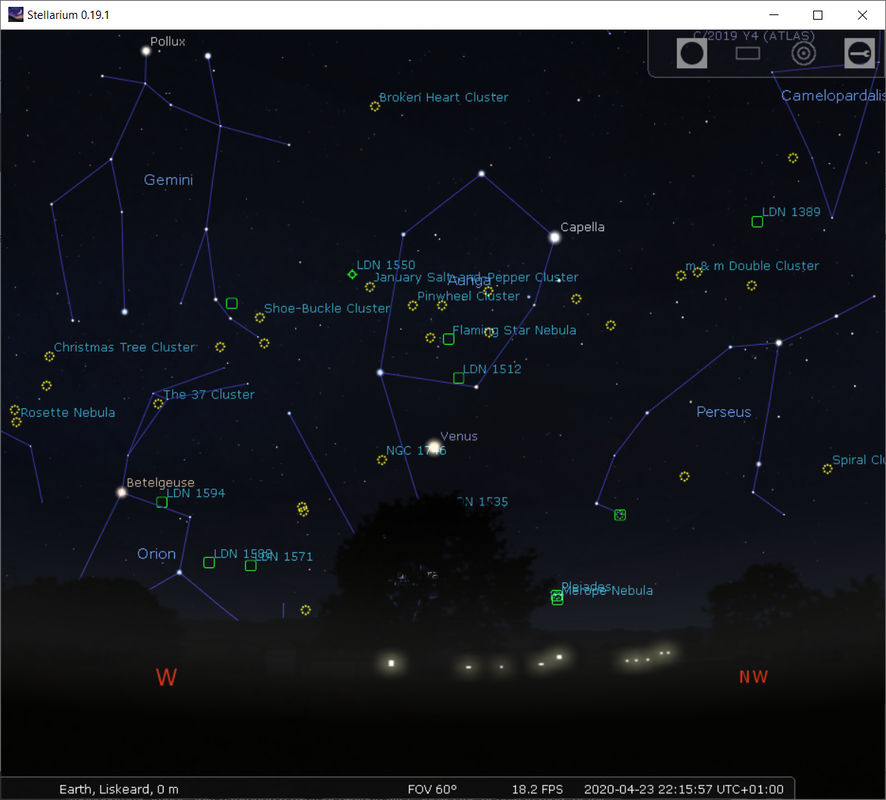
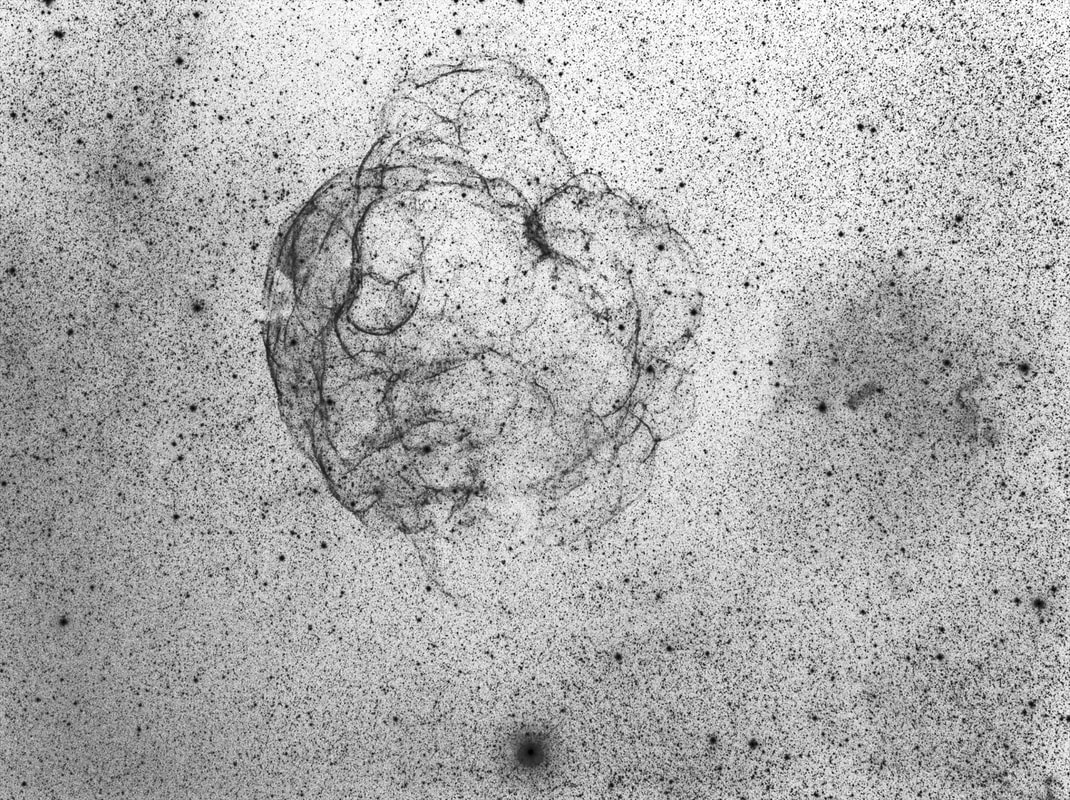
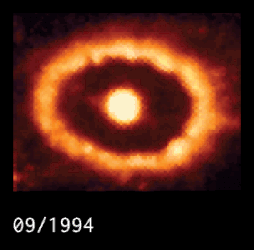
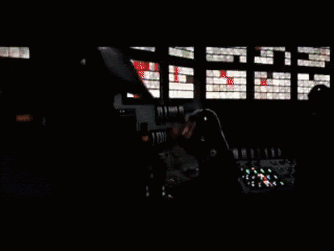


 RSS Feed
RSS Feed